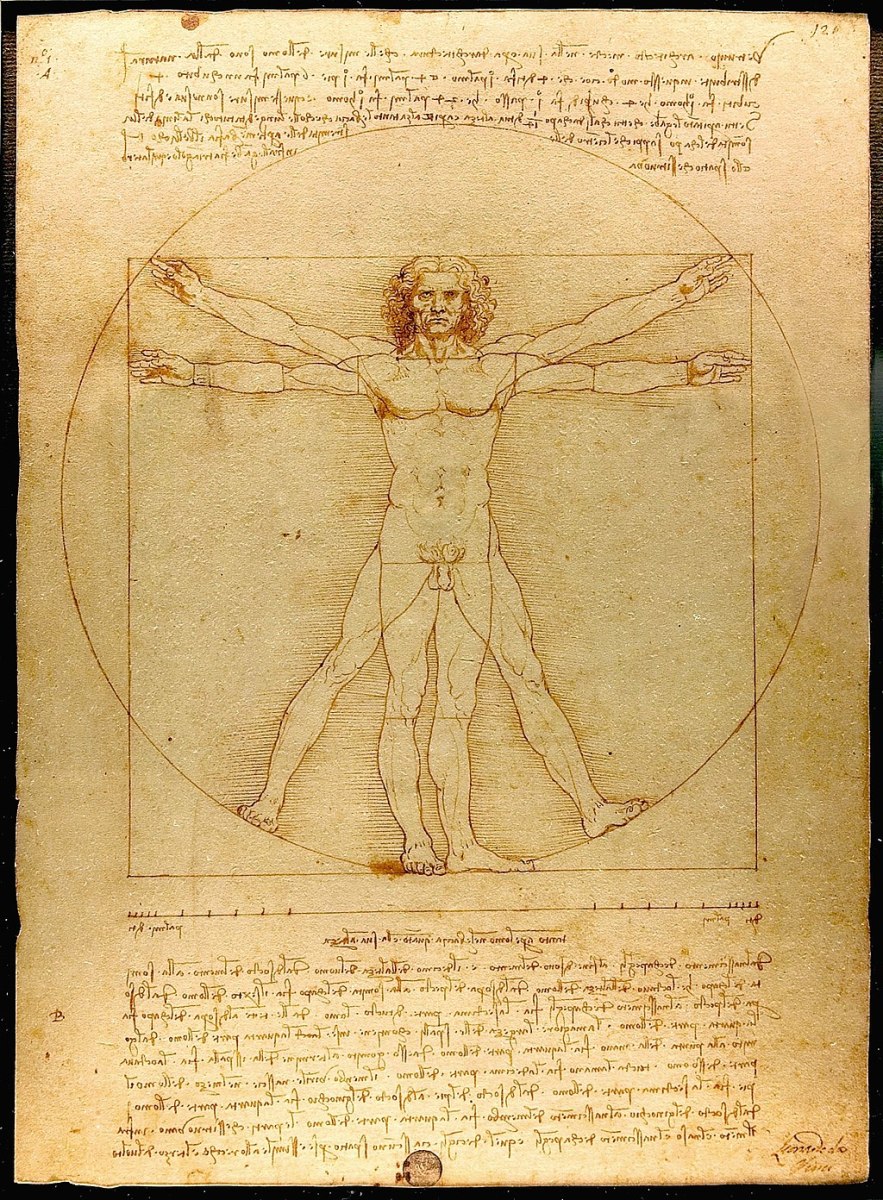Good Writing Is ... # 3 What is the most important element of successful fiction? -- Characters!

The answer is: characters; that is characters with -- well -- character.
Review the work of any best-selling author and what do we find? Interesting, believable people (or other life forms) who populate the story’s world and travel down the life journey dictated by the plot.
What? you expostulate; surely, you mean characters are the most important element after plot.
No. I am definite on this one. Even a killer plot, full of action, twists and turns, surprise, tension and conflict falls flat, unless the quests are undertaken by characters who not only seem real, but with whom we can connect, like or dislike, root for or against, learn from, experience their life vicariously, grow with, fall in love (or hate) and above all, believe.
No amount of active writing, descriptive language or skillful dialogue can rescue a story bereft of interesting, believable characters. I will borrow a line from an excellent book The Writer’s Little Helper by James V. Smith (author of the Delta Force series, among others – who should know considering his plots are total action and he is no great wordsmith – but a best-selling author.) Here it is, and put this one thought into your memory banks:
Story is what happens to people.
Have you got that? Is there one successful work of fiction out there that does not rely on character? If you can name one, I’ll edit everything you ever wrote, or will write free – a lifetime commitment.
And before you start emailing me with lists of books not dealing with human beings; let’s understand that animal characters (or aliens) are still human in literary treatment. Bugs Bunny is a smart mouth youth from Brooklyn, judging by his accent. Peter Rabbit is a nine year old brat. The bunnies from Watership Down are heroes on the scale of Tolkien. Well, you get the drift.
No matter what form our characters take, for the purposes of writing, they are human. If they are not, we can’t relate to them. Only humanity is comedic, or tragic or romantic.
We need, above all, interesting characters in our writing.
How do we develop character?
Before we even set pen to paper (or fingers to keyboard), we want to know who we are dealing with. For each character in my fiction, I write a short biography (yes I do) setting out where they were born; to what kind of family; what was their birth order; their education; favorite games, favorite food, best friend, hobbies, and what conflicts have they lived; traumas have they survived; are they quiet natured, feisty, logical, emotional … I write this down on an index card and pin it up on my cork board (half a wall in the hallway I call my office, and where I also work out plot, but that is another article.)
You’ll note, I’ve written all this without talking about appearance. Yes, I do jot down a few thoughts on their looks – tall, short, color hair, pretty or ho-hum, But I consider these of secondary value, and rarely provide physical descriptions in my writing aside from a few vague details which may become important. In my novel, This Bird Flew Away, all we really learn about our protagonist, Bria Connelly is she has carrot-red hair and pale freckled skin which blushes easily, much to her consternation. My minor characters often have no description of appearance at all.
Why? Because when I read, I like to imagine what a character looks like, and get quite perturbed with writers who want to spoon feed me the character’s appearance. You know those hideous passages: “He was tall, dark haired, chisel featured, with leathery, tanned skin that crinkled around the eyes in a most manly fashion.” Well excuse me, but maybe I saw him as a short, chubby-hubby type.
Back to the subject at hand. Why do I go to all this work to document my characters? They need to be real people to me, and real people are affected and shaped by their experiences in life. My characters are so real to me; I wouldn't be surprised to find they've been blogging on their own. This exercise assists me in keeping my characters in character, (excuse the play on words,) not have them shift and change as the story unfolds. Our characters must remain true to themselves, and if we forget why they are what they are, our view of them and subsequently, our portrayal of them will not remain constant.
How do we present our characters in our writing?
We may present them directly by one of four methods:
Appearance: (by appearance I don’t mean the above example – schlock, pure schlock) Here’s an example of an excellent description taken from the thoughts of another character:
“She comes in a chauffeured car. She is all cream and roses. Her stockings are purest silk; her underskirt, just briefly showing, is lined with lace.” – Fay Weldon, Female Friends.
Note how this description tells far more than what she looks like; we know she is wealthy, well cared for, vain. This is good characterization.
Action: We can introduce much information about our characters through one or a series of actions, (and no, I don’t mean he is good because he does good things.) Here’s an example:
“I needed Frank’s phone number. I attacked the pile of paper, the overdue phone bill; the credit card statement thrown there, out of sight, out of mind; a letter from the school: Darla had skipped class again – later; a report from our Member of Parliament – was it election time again? There, stuck between a shopping list and a pizza ad, I found it.” – Lynda M. Martin, Makepeace Cleaning.
We’ve learned much about “I.” She’s sloppy and disorganized, in financial disarray and stressed over it, a mother having problems with a child, ambivalent about politics and prone to making lists she later loses.
Speech: Everything a character says does, or should do, tell us something of their nature.
“You’ve got to learn to handle the money I give you a little more intelligently, Irene,” he said. “You’ve got to try to understand we won’t have as much money this year as last…..I’ve worked awfully hard to give you and the children a comfortable life. I don’t like to see all of my energies, my youth, wasted in fur coats and radios and –“ -- John Cheever, The Enormous Radio.
Do we not get a remarkably clear image of the speaker here? He’s angry and bitter; he’s afraid for the future and apparently embroiled in marital difficulties.
Thought: Fiction has a flexibility denied film and drama, where all the audience needs to know must be presented externally. In fiction, one can enter a character’s mind. Thoughts are basically unspoken dialect, and methods of presentation will be discussed in a subsequent article, but like speech, thoughts help display character and set mood and tone. Here’s an example and do forgive my ego for presenting another extract of my own work, but it’s easiest to find.
“God! I hate it here. You wouldn’t believe the tension. Jess the Mess! What a piece of work. She’s a slapper, a raging tyrant, a petulant brat, self-important, self-righteous, lying, unhappy sour bitch!” – Lynda M Martin, This Bird Flew Away.
Not only does this tell us about Jess, the Mess, but also a lot more about Bria, a twelve-year-old girl much given to drama and in conflict with the woman, she’s describing.
“I remember realizing that I didn’t like the way he laughed. I mean, let’s face it, Wally laughs like a hyena.” -- Richard Bausch, The Fireman’s Wife.
These two short sentences, while about Wally, tells us more about the character of the speaker. He comes off a little on the catty side and obviously isn’t too enamored with Wally.
Indirect method of presenting character
This is my least favored method: authorial interpretation. In other words, the author comes out and tells us about the character, reverting once again to the all-knowing narrator.
“The most excellent Marquis of Lumbria lived with his two daughters, Caroline, the elder, and Luisa; and his second wife, Doa Vicenta, a woman with a dull brain, who when she was not sleeping, was complaining of everything…
… The Marquis’ life was as monotonous and as quotidian, as unchanging and regular, as the murmur of the river below the Cliff or as the liturgic services in the cathedral.” – Miquel De Unamuno, The Marquis of Lumbria.
One can only assume the author chose this method of presenting the Marquis to us to underline his words, as monotonous a method as the described life. This is an old-fashioned and out-of-favor way to present the inhabitants of your fictitious world, and once again we are back to article 1 – show don’t tell.
Direct presentation is far more likely to please the modern reader, but the indirect is often chosen by new writers, and rarely works well.
Advice on methods of presentation
In most instances, chose the direct method of presentation. Show the character, don’t tell, don’t give a dull, third person narrative of his biography. Work little tell-tale bits of personality, character and nature into the story. Instead of announcing who this person is, let the reader discover for himself, by revealing the portrait slowly, in layers as though peeling an onion. Such slow revelation adds to the building of suspense along with plot developments. And truthfully, in real life, don’t we get to know someone slowly. I know I avoid those who announce who they are and regale you with the story of their lives on the first meeting – boring. Don’t be a bore.
What makes a good character?
Good question, and as every writer and every reader has their own tastes there are no hard and fast rules, but here are some general guidelines.
- Is he/she believable? -- Superheroes have their places in the appropriate genre, but even they have their frailties. Superman has to worry about kryptonite, and his feelings for both Lois and Lana, a nice triangular conflict. What makes a character believable? Complexity.
- Is he/she likable, even if quirky? – Even your adversarial characters need to have some likeable qualities, and your hero definitely must. Readers can’t connect to someone they can’t like.
- Interesting? Self-explanatory. We get enough boring in real life.
- Honorable (but not saintly, please?) Readers have to trust the character. Lies are okay so long as the reader is in on them. It’s cheating to lure the reader on in his belief of a situation, only to tell him later it was all a lie. If our hero isn’t above a little fib now and then, tell the reader this is so and ask for forgiveness. On the other hand, no one truly likes a paragon of virtue and see number one --- believable.
- Is he/she capable of humor?
- Capable of fear? (But not cowardly.)
- Appealing both in a physical and emotional sense? But please, not a perfect ten (back to boring.)
- And most important of all – will the reader connect with the character in matters of the human condition?
In other words, the best characters to be found in literature are those that could be living next door to you – real people (even if they live on Planet Xerox and have four arms, five legs and reproduce by planting pods.)
Characters to avoid
This is easy – any character who doesn’t have the above attributes. New writers often create persons who are too perfect, completely evil, total heroes or absolute victims, in other words, two dimensional stock characters. I don’t think they deliberately set out to do so, but through inexperience miss opportunities to build and develop real personality as they tell their stories. Every speech, action and reaction is a chance to display and create character. Don’t let them pass you by.
Just lately, I read what is possibly one of the worst written novels I’ve ever encountered. I bought it at the thrift store for animal rescue for 25 cents – and it was worth half that. By the end of the first chapter, I knew this was one for recycling and tossed it into the blue box. What was the straw that broke the camel’s back?
Our protagonist (a term I’ll go into in a subsequent article) is a lawyer, who used to be an actress, and is now defending a stereotypical teenage girl who killed her stereotypical molesting father, in a stereotypical midnight-in-the-trailer-park home, against a stereotypical DA who has no redeeming qualities, but wants to get into the pants of our stereotypical 5 foot 9 inch, D cupped, drop-dead-gorgeous, long red-haired heroine. This was the line that did me in:
“She strode across the floor to the witness box in her loose-limbed, swaying model’s walk, tossed her gleaming hair behind her shoulders, gave Roxton {our DA} a dismissive huff and addressed the witness. “That, Mrs. Arnold, is a bold-faced lie!”
That, my friends, is terrible writing. And even worse characterization. This author has “I watch too much bad TV” written across his forehead.
Conclusion
- Know your characters before you begin writing.
- Keep your characters real.
- Present your characters in direct methods.
And from our previous articles:
- Stay active
- Show and share, don't tell and describe
- Keep your own voice out of the story.
- Let your characters do the work.
I wish you all good writing, and the friendship of good characters.
A link to my web home and my writers' assistance pages
- Home
Sharing my work and passion for writing and the editing/coaching services for new writers.
- Good Writing Is ... #1 -- the two biggest mistakes made by new writers
Here are the two pitfalls made by new writers, and a new way to look at telling a story. - Good Writing Is ... #2 The author's voice has no place in his work
The second in the series Good Writing Is ... discusses why the author's voice should not appear in his work -- a common mistake by many new writers -- setting the stage. - Good Writing Is...#4 Why new writers get lost and give up.
Many of you wrote in with comments like, "I'll drag out the old novel" or "I was working on a novel but grew frustrated and put it away." Why does this happen? Why do we so often abandon our work? Come in, and we'll explore those questions. - Good Writing Is...#5 The plot thickens -- plotting for beginners
#5 in the series, Good Writing Is... deals with plots and how to develop the plot in fiction, whether short story or novel. Called plotting for beginners, we discuss the form of plot, how to map a plot and how to prepare the plot for writing. - Good Writing Is...#6 -- Plotting #2 -- The Scene Approach
Welcome to this, the second in our lessons on plot structure. We are ready to take our proposed plot and divide it into scenes -- and then build those scenes. Let's construct a novel. - Good Writing Is...#7-- 10 common mistakes new writers make in writing dialogue.
No skill is more important to the fiction writer than a mastery of the mechanics of good dialogue. Here are the ten most common mistakes new writers make and how to avoid them. The ten rules of dialogue. - Good Writing Is ...#8 Point of view -- the five big questions writers need to answer
There are five big questions the writer needs to answer in developing the point of view of his work. - Good Writing Is...#9 The importance of voice #1 -- writing the child's perspective
The ninth in the Good Writing Is... series begins an exploration of 'voice' in writing. Today's discussion: writing from the child's perspective. The challenge of writing in the child's voice.
NEW!
- Good Writing Is... #10 What you need to understand about paragraphs
As promised, here is #10 in the Good Writing Is... series: everything you ever wanted to know about paragraphs; how to construct them, when to start a new one, what should be in one and how do they fit into the whole of our work both for essays and f








